In veterinary practices, the use of training in order to have stress-free vet visits is beneficial on both sides of the stethoscope.
Ready for stress-free vet visits?
Are you tired of having the dog that is cowering under the waiting room chair or peeing all over the floor? Training your dog to voluntarily open their mouth for an exam and stand still for the vet to listen to their heart will lower your dog’s stress levels and make being at the vet another form of exciting enrichment.
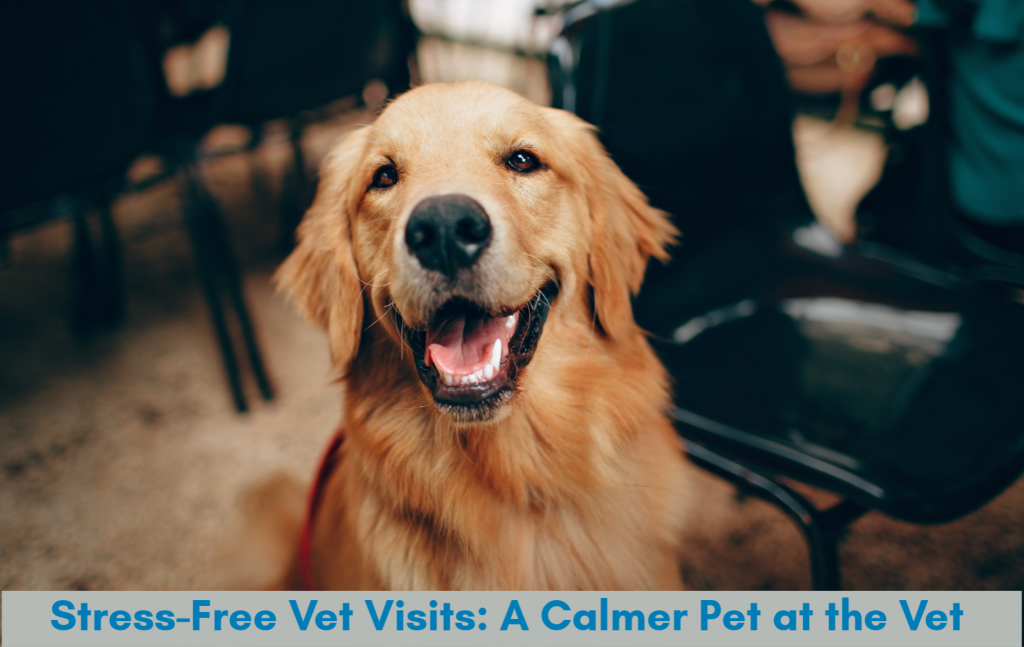
Using enrichment activities
A great way to enrich your dog on a rainy day and make being at the vet a more desirable thing is to take them to the clinic when they don’t have an appointment. Call the office first and telling them you are working on desensitizing your dog to the sights, smells, and stimulation that come with all veterinary clinics. Most veterinarians are more than happy to accommodate these sessions and will help in any way they can. Doing this small training is a good way to give your dog a sense of control over an otherwise potentially scary situation. The more your dog understands what will happen and knows how to respond in order to get a treat, the better the veterinary visit will be for everyone.
A Stress-Free Dog is a Happier Dog.
Come exam time, the vets and vet techs will thank you for having a well behaved and low-stress dog. Training helps make your dog feel empowered and helps them feel like they have control over their annual vet exams.
Start training early
Training the dog early on will pay off as they age and are requiring more treatments. Below is a simple plan for training your dog to be more comfortable for those yearly vaccine injections. This plan starts out with your dog already knowing a simple target behavior with a hold.
Tools you need for enrichment based training sessions
Use a clicker, a pen that clicks, or something else that tells your dog she did the right thing and the treat is on the way. In training language, this is called a bridge.
Small improvements deserve small rewards, big tasks or changes are cause for your dog’s favorite reward.
The treat is the reinforcer, it makes your dog more likely to do that behavior again in the future. When your dog is first learning a training plan or when the situation has been scary in the past, use a high-value reinforcer such as bits of boiled chicken or low-fat string cheese. Small improvements deserve small rewards, big tasks or changes are cause for your dog’s favorite reward.
Step by step guide to stress-free vet visits :
The simple touch
Have your dog in a comfortable standing position and ask them to target and hold. I keep one hand in front and start palpating down my dog’s spine. After just two touches if the dog doesn’t move, bridge and reinforce. This first step helps tell your dog what the game is about.
Continue the above step but add a few more touches with pressure further down your dog’s back and sides without your dog reacting. Remember to bridge and reinforce when your dog stays still for a few seconds or a few touches.
Applying pressure
Once you are able to make it all the way down the dog’s spine start with applying firm pressure on the shoulders then do the same in the hip area. Remember to bridge after each firm pressure is applied with no negative reactions from your dog.
After your dog is comfortable with pressure from your finger, you can start incorporating in other things to touch with; toothbrush, nail trimmers, a needle-less syringe (you can ask your veterinarian for one or pick one up at a local pharmacy). The dog should get to see and sniff whatever new item you decide to use before starting this step. You should bridge and reinforce the sniff of the new item as well.
Add more people
Start adding an additional person into your training if you haven’t already. Bridge and reinforce for allowing the new person to be on the sides of the dog and that person touching.
When your dog is comfortable with various items, work up to applying pressure for a duration of about 10 seconds, bridge and reinforce.
Move to a brand new location
Move to a new location from where you’ve regularly been training like a new exam room with a new person your dog isn’t as familiar with.
If you have no success go back to the original location and start with the simple soft touches.
How to know your dog is ready
Consider this training complete when someone new can join the “training room” and touch your dog using various instruments without becoming stressed or acting out.
Remember a training plan is a plan that will constantly change from dog to dog. In some cases you may be able to skip a few steps, others it may take longer than the other. If you get stuck, ask your veterinary team for help.
A trained dog is a happy, confident stress-free dog.

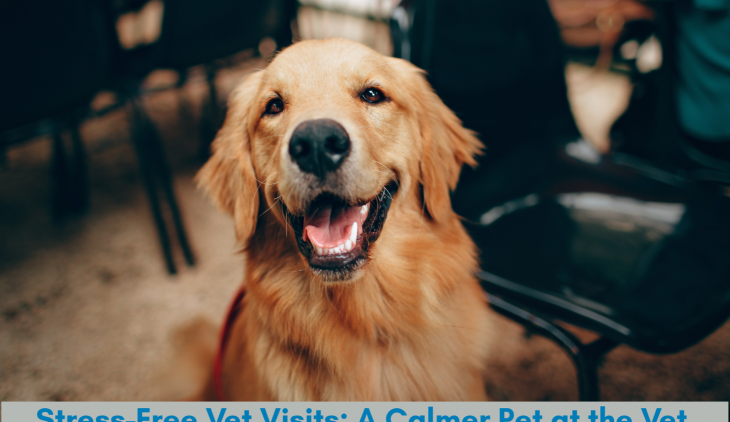
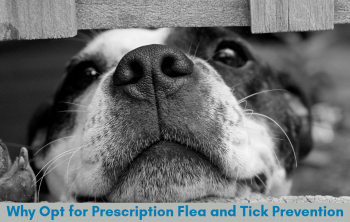
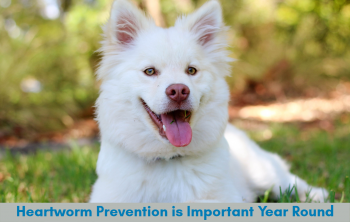
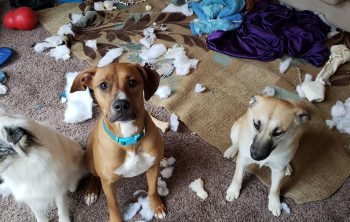
No Responses